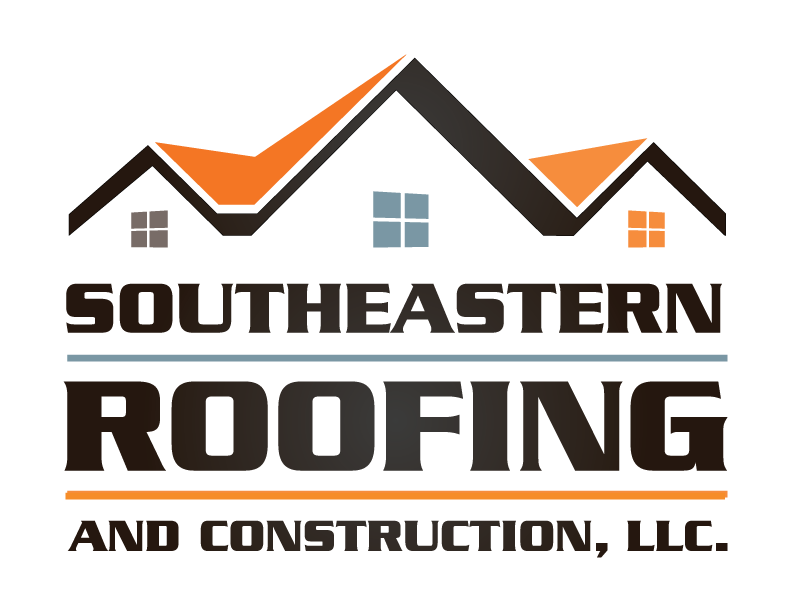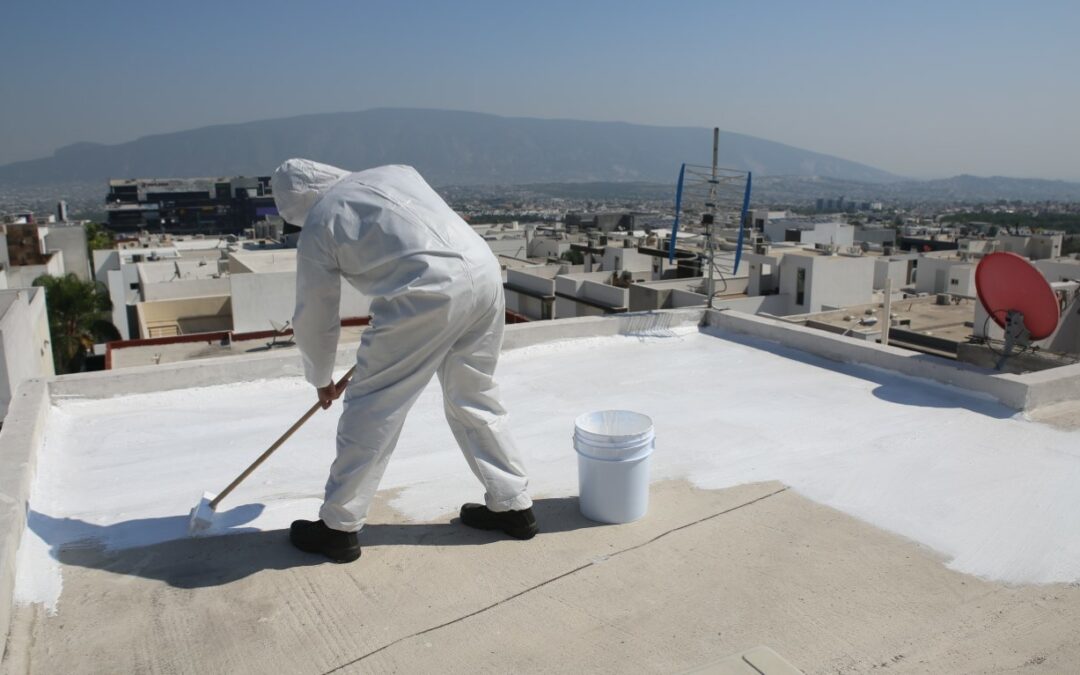Welcome to our guide on maximizing energy efficiency with cost-effective roof replacement. We know how important it is to save money and reduce our carbon footprint, and that’s why we’re here to help.
In this article, we’ll explore the irony of how replacing your roof can increase your energy efficiency and save you money in the long run. So, let’s dive in and discover the best strategies for choosing the right roofing material and enhancing insulation to belong to the energy-conscious community.
Key Takeaways
- Proper insulation and ventilation are crucial for maximizing energy efficiency in roof replacement projects.
- The choice of roofing material impacts energy efficiency and sustainability.
- Upgrading attic insulation and ventilation can significantly reduce energy loss and regulate indoor temperatures.
- Integrating solar energy into roof replacement projects can lead to long-term cost savings, reduced reliance on fossil fuels, and a lower carbon footprint.
Understanding Energy Efficiency
To maximize energy efficiency, we need to understand the role of insulation in reducing heat transfer through the roof. Understanding energy consumption and evaluating energy-saving techniques are crucial in achieving optimal efficiency.
Insulation acts as a barrier, preventing heat from escaping during cold weather and entering during hot weather. By effectively insulating the roof, we can significantly reduce energy consumption and lower heating and cooling costs.
Evaluating energy-saving techniques allows us to identify the most cost-effective solutions for our specific needs. This includes considering factors such as the climate, building materials, and budget.
Through careful analysis and implementation of energy-saving techniques, we can achieve a more comfortable and sustainable living environment while minimizing our ecological footprint.
Understanding energy efficiency is the first step towards making informed decisions and taking meaningful actions to reduce our energy consumption.
Importance of Roof Replacement
Roof replacement plays a vital role in maximizing energy efficiency and reducing energy consumption. Homeowners need to understand the significance of maintaining a well-functioning roof.
Regular maintenance and timely replacement of old or damaged roofs can lead to long-term benefits. A properly installed and insulated roof can help regulate indoor temperatures, reducing the need for excessive heating or cooling. This, in turn, can result in significant energy savings and lower utility bills.
Additionally, a new roof can improve the overall comfort and livability of a home, providing better protection against leaks, drafts, and other weather-related issues. By investing in roof replacement, homeowners can ensure the longevity and efficiency of their homes while enjoying the peace of mind that comes with a structurally sound and energy-efficient roof.
Factors Affecting Energy Efficiency
Proper insulation and ventilation are crucial factors in maximizing energy efficiency and reducing energy consumption when it comes to roof replacement.
Insulation helps to maintain a consistent temperature inside the building by preventing heat transfer through the roof. By minimizing heat loss in the winter and heat gain in the summer, insulation reduces the need for heating and cooling systems, thereby decreasing energy consumption.
Ventilation, on the other hand, allows for the exchange of indoor and outdoor air, preventing moisture buildup and reducing the need for artificial cooling.
Factors influencing energy consumption include the type and thickness of insulation used, the presence of air leaks, and the design of the ventilation system.
Choosing the Right Roofing Material
When considering options for maximizing energy efficiency, one important factor to consider is the choice of roofing material. The right roofing material can greatly impact the energy efficiency of a building. It can help to reduce heat transfer, thereby reducing the need for excessive heating or cooling.
Additionally, the right roofing material can contribute to the overall sustainability of a building. Eco-friendly options such as metal roofs, cool roofs, and green roofs are becoming increasingly popular. These materials not only offer energy efficiency benefits but also have a lower environmental impact compared to traditional roofing materials.
It’s also crucial to consider the maintenance requirements of different roofing materials. Some materials may require more frequent maintenance than others, so it’s important to choose a material that fits within the maintenance capabilities of the building owner.
Enhancing Insulation for Better Efficiency
When it comes to enhancing insulation for better efficiency, there are several key points to consider.
Upgrading attic insulation is a cost-effective way to reduce energy loss through the roof.
Reflective roof coatings and insulated roofing materials can also help to improve energy efficiency by reducing heat transfer and improving thermal insulation.
Upgrading Attic Insulation
To maximize energy efficiency with cost-effective roof replacement, we can enhance insulation in the attic by using a subordinating conjunction.
Upgrading attic insulation is a crucial step in optimizing insulation and reducing energy waste. By improving the insulation in the attic, we can create a more comfortable indoor environment while also reducing heating and cooling costs.
Upgrading ventilation in the attic is another important aspect to consider, as it helps regulate temperature and moisture levels. This can prevent the formation of mold and mildew, which can damage the attic and affect indoor air quality.
Reflective Roof Coatings
We can further enhance insulation in the attic by applying reflective roof coatings, which contribute to better energy efficiency and insulation.
Reflective roof coatings, also known as cool roof technology, are energy-saving roof coatings that help to reduce heat transfer into the attic space. These coatings are designed to reflect sunlight and absorb less heat, keeping the roof surface cooler and reducing the amount of heat that enters the attic. By minimizing heat transfer, reflective roof coatings can significantly improve energy efficiency and reduce the need for air conditioning, resulting in lower energy costs.
Additionally, these coatings can extend the lifespan of the roof by protecting it from UV radiation and preventing premature deterioration. Reflective roof coatings are an effective and cost-efficient way to enhance insulation and promote energy efficiency in buildings.
In the next section, we’ll explore the benefits of using insulated roofing materials.
Insulated Roofing Materials
By utilizing insulated roofing materials, we can enhance insulation and improve energy efficiency. Insulated roofing installation is an effective way to reduce heat transfer and maintain a comfortable indoor temperature. These energy-efficient roofing options provide a barrier that prevents heat from escaping during the colder months and entering during the hotter months.
Insulated roofing materials, such as foam panels or reflective membranes with added insulation, can significantly reduce the need for artificial cooling or heating, resulting in lower energy bills and a reduced carbon footprint. Additionally, insulated roofing materials can also help to minimize noise pollution, providing a quieter and more peaceful environment.
When considering a roof replacement, investing in insulated roofing materials is a cost-effective and sustainable choice that offers long-term benefits.
Ventilation and Airflow Considerations
Properly managing the ventilation and airflow within a building is crucial for maximizing energy efficiency and minimizing costs.
One important aspect to consider is the ventilation design, which involves the strategic placement of vents and openings to allow for the flow of fresh air throughout the building. This helps to regulate temperature and reduce the need for artificial cooling or heating.
Additionally, energy-efficient windows play a key role in promoting proper airflow. These windows are designed to minimize air leakage and heat transfer, keeping the interior temperature stable and reducing the reliance on HVAC systems.
Solar Energy Integration Options
When considering solar energy integration options, there are several key points to keep in mind.
First, cost-effective solar panels should be chosen to ensure maximum return on investment.
Second, roof space utilization is essential to optimize the amount of solar energy that can be generated.
Cost-Effective Solar Panels
We frequently prioritize integrating cost-effective solar panels into our roof replacement projects to maximize energy efficiency.
Solar panel installation is a key component of our approach to renewable energy integration. By harnessing the power of the sun, we can generate clean, renewable electricity that reduces our carbon footprint and lowers our energy costs.
Additionally, installing solar panels can qualify for various renewable energy incentives, such as tax credits and rebates, which can significantly offset the initial investment.
Our team of experts evaluates each project to determine the most cost-effective solar panel solution based on factors like roof orientation, available space, and energy consumption patterns.
Roof Space Utilization
To optimize the use of roof space for solar energy integration, our team evaluates available options based on factors such as roof orientation, available space, and energy consumption patterns.
One option we consider is roof garden installation, which not only provides a beautiful green space but also offers numerous benefits. A roof garden can help reduce energy consumption by providing insulation and reducing the need for heating and cooling. It also helps manage stormwater runoff, improves air quality, and promotes biodiversity. Additionally, a roof garden can enhance the aesthetics of a building and create a sense of belonging for its occupants.
By incorporating green roof benefits into our evaluation, we ensure that we maximize the utilization of roof space for solar energy integration while also enhancing the overall environmental and social aspects of the building.
Now, let’s explore the energy savings potential of these integrated solutions.
Energy Savings Potential
Evaluating the energy savings potential of solar energy integration options is crucial for maximizing the efficiency of roof replacement projects.
To determine the most effective solar energy integration options, conducting an energy audit is essential. This audit will assess the energy consumption of the building and identify areas where energy efficiency can be improved.
By incorporating solar energy into the roof replacement project, the building can harness renewable energy and reduce its reliance on fossil fuels.
Additionally, installing energy-efficient appliances can further enhance energy savings. By using appliances that consume less energy, the building’s overall energy consumption decreases, resulting in long-term cost savings and a reduced environmental impact.
Integrating solar energy and utilizing energy-efficient appliances not only maximizes energy efficiency but also contributes to a sustainable future.
Cost-Effective Strategies for Roof Replacement
When considering roof replacement, it’s important to regularly assess and implement cost-effective strategies.
One such strategy is proper roof maintenance, which can help extend the lifespan of the roof and prevent costly repairs or replacements down the line.
Regular inspections and maintenance, such as cleaning gutters, removing debris, and repairing any damage promptly, can help identify potential issues early on and address them before they become major problems.
Additionally, investing in high-quality materials and professional installation can ensure the longevity and durability of the new roof, resulting in long-term savings.
Conclusion
In conclusion, maximizing energy efficiency through cost-effective roof replacement is a smart investment that can have significant long-term benefits.
By understanding the importance of energy efficiency, and considering factors such as roofing materials, insulation, ventilation, and solar energy integration, homeowners can create a more efficient and sustainable living environment.
With the right strategies in place, not only can energy costs be reduced, but also the overall comfort and well-being of the occupants can be greatly improved.
So, why wait? Start maximizing energy efficiency today and reap the rewards for years to come.

